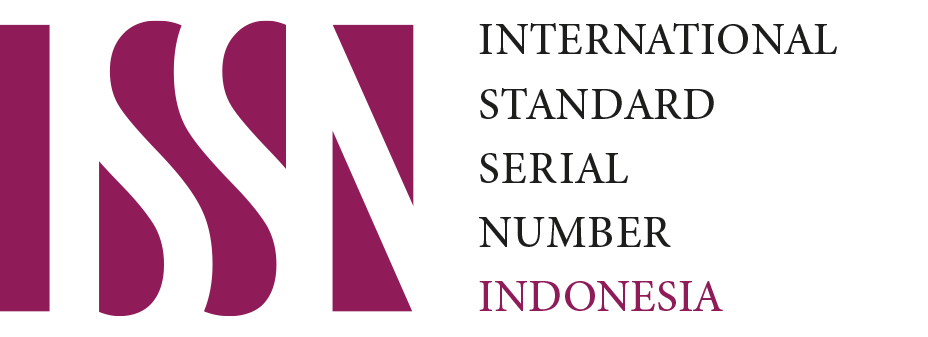The Effect of Modified Range of Motion Aids on Shoulder-Arm Muscle Strength Mobilization in Post-Mastectomy Patients at Murni Teguh Hospital
Abstract
This study aimed to determine the effect of a modified Range of Motion (ROM) assistive device on the mobilization and muscle strength of the shoulder and arm in post-mastectomy breast cancer patients at Murni Teguh Hospital, Medan. A quantitative experimental method with a one-group pretest–posttest design was used, involving 33 respondents selected through purposive sampling. Data collection was conducted from April to September 2025 using a goniometer to measure shoulder and arm mobility and the Medical Research Council (MRC) Scale to assess muscle strength. Statistical analysis included paired t-tests and N-gain tests to evaluate effectiveness. The results showed a significant improvement in shoulder movements (flexion, extension, abduction, and adduction) after using the modified ROM device, with all movements achieving a significance value of 0.000 (p < 0.05). In terms of effectiveness, the ROM aid was found to be most effective for abduction movements (85.18%), followed by adduction (75.11%) and flexion (74.25%), but less effective for extension (28.92%). The modified tool, made of elastic and soft fabric and rubber, provided comfort, ease of use, and adaptability to patients’ movements. These findings demonstrate that the modified ROM assistive device effectively improves shoulder joint mobility and muscle strength in post-mastectomy patients. Further development and refinement of this device are recommended to enhance its design and therapeutic efficiency in clinical settings.
Copyright (c) 2025 Harijun Kapabella Siregar, Nurmala Hayati Sihombing

This work is licensed under a Creative Commons Attribution 4.0 International License.








:strip_icc():format(webp)/kly-media-production/medias/4550198/original/016488700_1692862388-cover.jpg)

